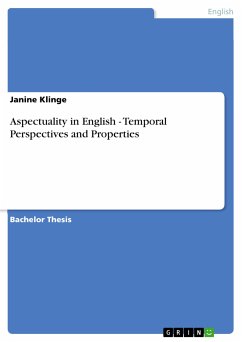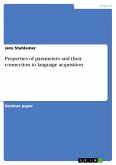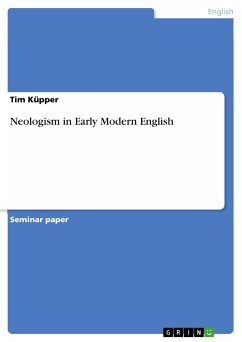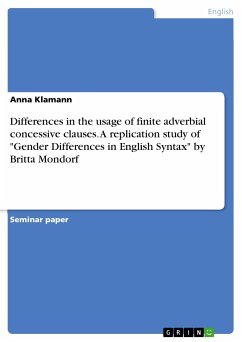Bachelor Thesis from the year 2011 in the subject English Language and Literature Studies - Linguistics, grade: 1,3, Christian-Albrechts-University of Kiel (Englisches Seminar), language: English, abstract: This paper aims at a closer examination of aspectuality in English. It illustrates the importance of a category which has only scarcely received attention in the study of the English language (cf. Binnick 1991). When it comes to the analysis of situations, the focus is on the verbal category 'tense,' which relates the temporal location of the situation to other points in time. The category of 'aspect' is closely connected to tense, because it provides important information about the internal temporal structure of situations. Nonetheless it is often less familiar to speakers of the English language, referring to, among others, the works of Comrie (1967), Brinton (1988), Binnick (1991) and Kortmann (1991). According to their studies, English lacks formal markers of aspect, whereas the realization of tense in English is quite obvious and thus much discussed. 1.1 Central Questions Based on Binnick's (1991) description of 'aspectuality,' it is necessary to clarify this concept in detail. The central questions for this examination will be: 1. How can aspectuality be inferred from utterances when English lacks aspectual markers? 2. Are there systematic approaches that are concerned with the interaction of 'aspect' and 'Aktionsart' as defined by Comrie (1976) and Vendler (1957)? 3. In which ways do aspectual properties influence or change the semantic meaning of utterances and why? 4. What are the combination options of aspectual perspectives and properties and are there any restrictions consequent on the interaction of different aspectual values? This paper serves not just to answer these questions, but also tries to differentiate between the various subcategories of aspectuality,' which are in general difficult to distinguish properly. [...]









